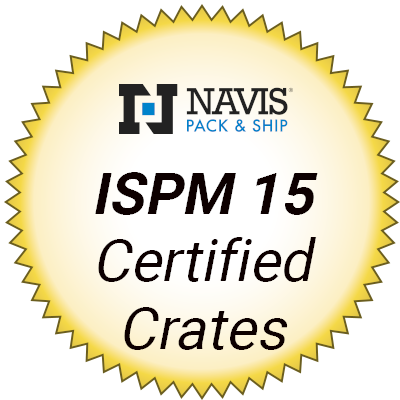If you are packing your boxes for a small move or international move, it is important they are packaged using the correct techniques for safe arrival. You will save money by doing the bulk of packing on your own, but do-it-yourself packers beware! Many small movers do not insure items you have packaged yourself for damage--only loss. It is best to leave the fragile or irreplaceable items to the professionals!
The Right Box–It is important to choose a box that is the right size and strength and is made of corrugated cardboard.
Tips
- Although the boxes you get from your supermarket may be free, they lack the sturdiness and closures that you may need. Save these boxes for lighter items.
- The heavier the item, the smaller the box you should use. Don’t throw everything into one giant box! Use relatively small boxes for books since these get heavy quickly.
- If you can’t lift the box easily, chances are it is too heavy. Try to keep the weight of each box you are moving to 50 pounds.
- A new box would be optimal, but to save money, an old box that has no weak spots , tears or cracks can be used. Remember to remove the old shipping labels.
- If you are packing nice clothing, invest in a wardrobe box. Save space by placing your shoes at the bottom.
The Right Cushioning–Always remember to leave enough room in the box for adequate cushioning.
Tips
- Don’t skimp on newspaper or bubble packaging! If you’re shipping numerous items in the same box, wrap each one separately and provide enough cushioning to prevent the items from moving around in the box. Use cardboard separators to ensure things stay apart.
- When packing boxes, place heavy items on the bottom, medium-weight items in the middle and light items on the top. Be sure to add cushioning between each layer and between each item.
- For cushioning items, use newspaper, bubble packaging, sheets, blankets, beach towels and pillows.
- Do not use newspaper to wrap fine china, as the ink may stain. Pack plates and glass objects vertically, rather than flat and stacked.
- After packing, shake the box slightly to make sure nothing moves. Pack boxes so they can travel on their top, sides or ends. And label boxes that must stay upright as such.
- Seal it with plastic packaging tape or strapping tape. Never use masking tape or duct tape.
The Right Labeling–Find what you are looking for.
Tips
- Want to make it easier to find what you need when you’re unpacking? Label the boxes according to the room where the items should go at destination (kitchen, living room, etc.).
- Label each box with the name and address of the shipping destination.
Navis Pack & Ship can assist with any of your small moving needs. Explore our website for more information on making your small move successful.

